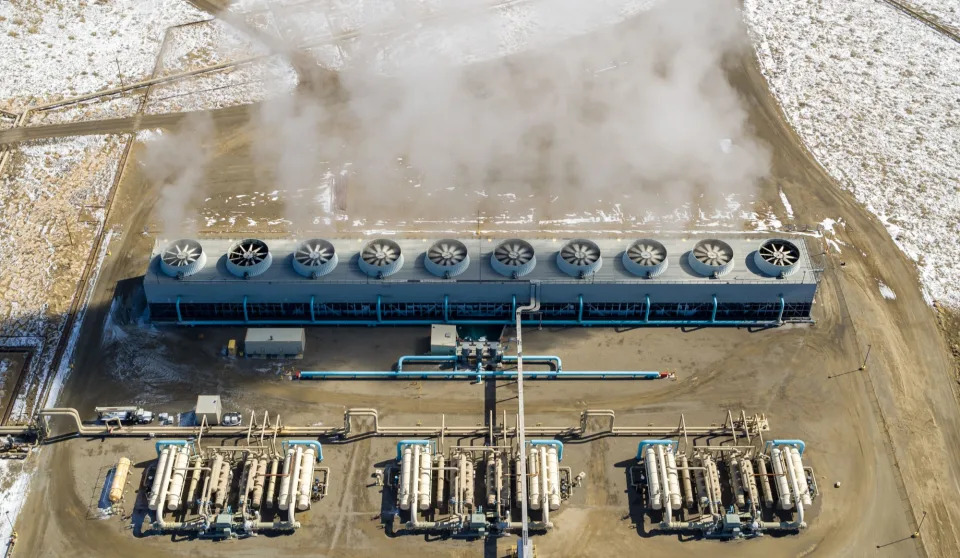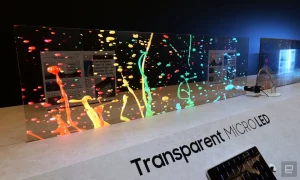Google has announced the successful operation of a groundbreaking geothermal energy project, marking the first of its kind. This initiative is currently providing carbon-free electricity (CFE) to the Nevada grid, which powers Google’s data centers in the region. The enhanced geothermal system (EGS) implemented by the company ensures a continuous and uninterrupted supply of CFE to the grid. This development represents a significant stride toward Google’s ambitious target of fully powering its data centers and offices with carbon-free electricity by the year 2030.
In collaboration with the clean energy startup Fervo Energy, Google initiated the EGS project in 2021. Unlike other sources of carbon-free electricity, such as solar and wind, geothermal projects have the advantage of operating consistently throughout the day and night. This sets them apart from solar projects, which are limited to capturing energy only during daylight hours.
Earlier this year, Fervo Energy achieved a significant breakthrough in geothermal technology, setting records for flow and power output in an enhanced geothermal system (EGS). The system demonstrated the capability to generate 3.5 megawatts of electricity, sufficient to power approximately 2,600 homes. This achievement marked the first instance in which an energy company successfully demonstrated the feasibility of an EGS operating on a commercial scale.
The pursuit of effective EGS technology dates back to the 1970s, with scientists striving to harness the combination of heat, rock permeability, and fluid to generate electricity in a geothermal system. In locations where there is ample heat but insufficient permeability, an EGS addresses this limitation by drilling deep into the Earth and injecting fluid to create fractures in the rock.
At Fervo’s Nevada site, the company drilled 8,000 feet into the ground, extending the well horizontally to access more of the hot reservoir. A second horizontal well was drilled to intersect the rock fractures. The process involves pumping cold water from the first well through the fractures into the second well, where it absorbs heat from the surrounding rock. This heated water is then used to generate steam, ultimately producing carbon-free electricity (CFE).
The Department of Energy has recognized that, in contrast to gas and oil fracking, Enhanced Geothermal Systems (EGS) present a minimal risk of water contamination. EGS reservoirs are typically situated much deeper in the ground than oil and gas reservoirs, keeping them distant from groundwater and surface-level drinking water sources. Additionally, geothermal power plants do not release water onto the surface.
A 2019 report from the DOE indicated that with technological advancements, policy enhancements, and improved procurement strategies, EGS has the potential to generate up to 120 gigawatts of clean energy by 2050. This capacity could cover over 16 percent of the anticipated electricity needs in the United States.
Google is actively working to expedite the adoption of EGS as a clean energy solution. In pursuit of this goal, the company has recently partnered with Project InnerSpace, a non-profit organization dedicated to eliminating barriers that impede the global development of geothermal energy. Simultaneously, Fervo is in the process of establishing an EGS site in Utah, with plans to deliver 400 megawatts of continuous carbon-free electricity—enough to power up to 300,000 homes. Fervo anticipates that the site will begin supplying power to the grid in 2026, reaching full-scale production two years later.




